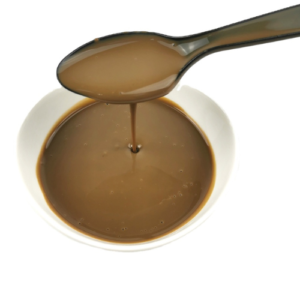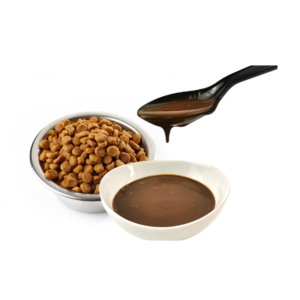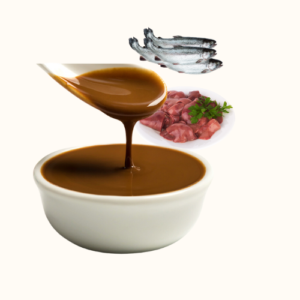How to Manufacture Dog Treats
Introduction
Manufacturing dog treats can be a rewarding venture, both personally and financially. As the pet industry continues to grow, there’s an increasing demand for healthy and tasty dog treats. If you’re considering starting a dog treat manufacturing business, you’re in the right place. In this comprehensive guide, we’ll take you through the entire process, from understanding the market to manufacturing, packaging, and marketing your products.

Understanding the Market
Before diving into the manufacturing process, it’s crucial to understand the market you’re entering. The pet food industry is vast and diverse, and dog treats are a significant segment of this market. Here are a few things to consider:
Market Trends
- Health and Wellness: Pet owners are increasingly concerned about the health and well-being of their furry friends. There’s a growing demand for natural, organic, and healthy dog treats.
- Ingredient Transparency: Pet owners want to know what’s in their pet’s food. Treats made with high-quality, easily recognizable ingredients are gaining popularity.
- Special Diets: Just like humans, dogs have dietary restrictions and preferences. Treats catering to specific diets, such as grain-free, gluten-free, and hypoallergenic, are in demand.
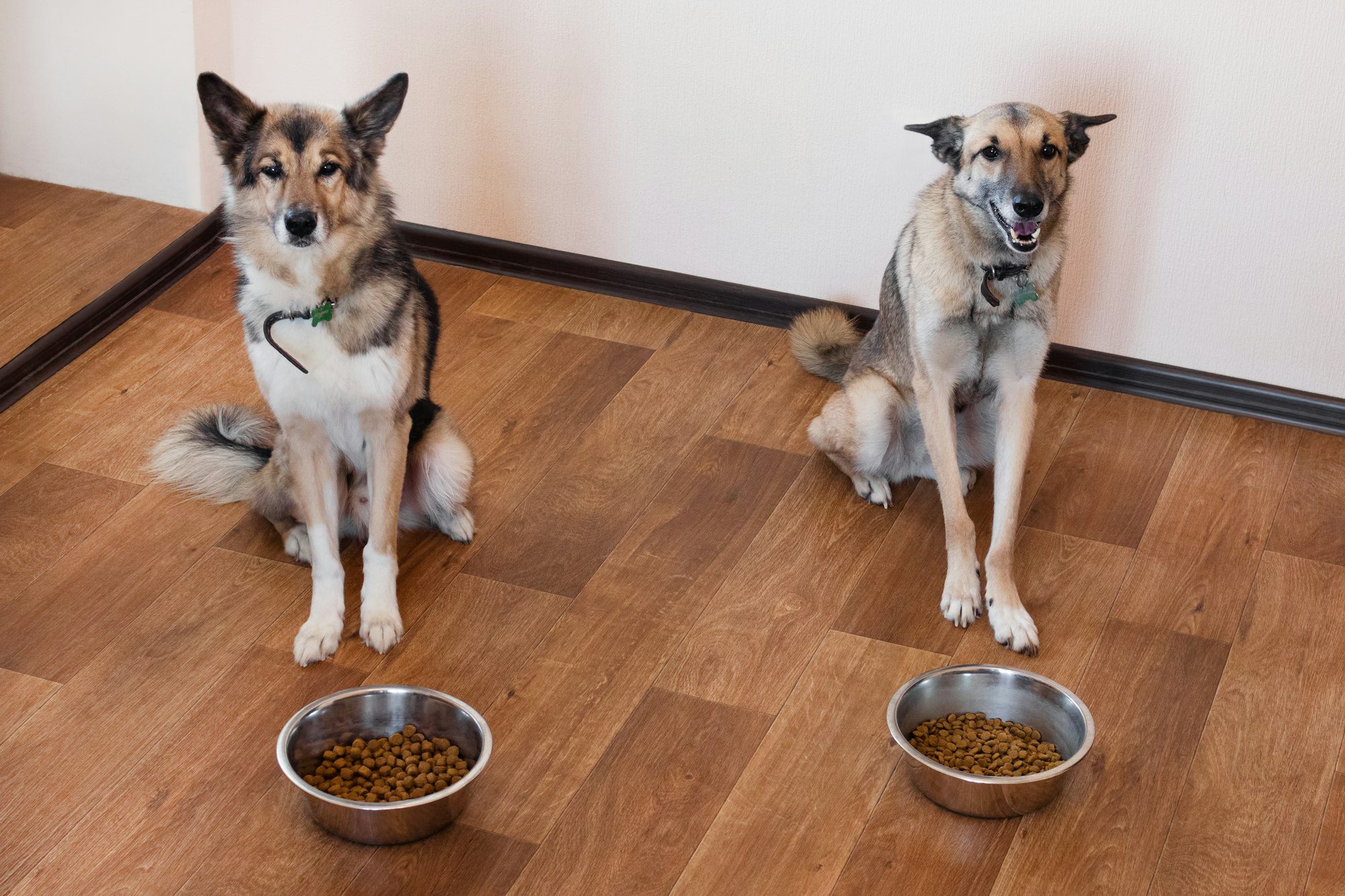
Target Audience
Identifying your target audience is essential for developing products that meet their needs and preferences. Consider factors such as:
- Demographics: Age, gender, income level, and geographic location of your target customers.
- Psychographics: Lifestyle, values, and attitudes towards pet care.
Recipe Development
The heart of any successful dog treat manufacturing business is a great recipe. Your treats should not only be tasty but also nutritious and safe for dogs to consume. Here’s how you can develop a winning recipe:

Ingredient Selection
Choose high-quality ingredients that are safe and nutritious for dogs. Common ingredients used in dog treats include:
- Proteins: Chicken, beef, turkey, and fish are popular choices.
- Carbohydrates: Sweet potatoes, peas, oats, and brown rice are healthy options.
- Fruits and Vegetables: Apples, carrots, blueberries, and pumpkin add flavor and nutrition.
- Binders: Eggs, coconut oil, and peanut butter help hold the ingredients together.
Recipe Testing
Once you’ve selected your ingredients, it’s time to start testing different recipes. Keep detailed notes of each batch, noting the ingredients used, quantities, and baking times. Pay attention to the texture, flavor, and aroma of the treats.

Nutritional Analysis
Work with a veterinarian or animal nutritionist to ensure that your treats meet the nutritional needs of dogs. Conduct a nutritional analysis of your recipes to determine the protein, fat, fiber, and moisture content.
Manufacturing Process
With your recipe finalized, it’s time to set up your manufacturing process. Here’s what you’ll need to get started:
Equipment
- Mixing Equipment: Industrial mixers or food processors for mixing ingredients.
- Baking Equipment: Ovens or dehydrators for baking or dehydrating treats.
- Packaging Equipment: Machines for filling, sealing, and labeling bags or containers.
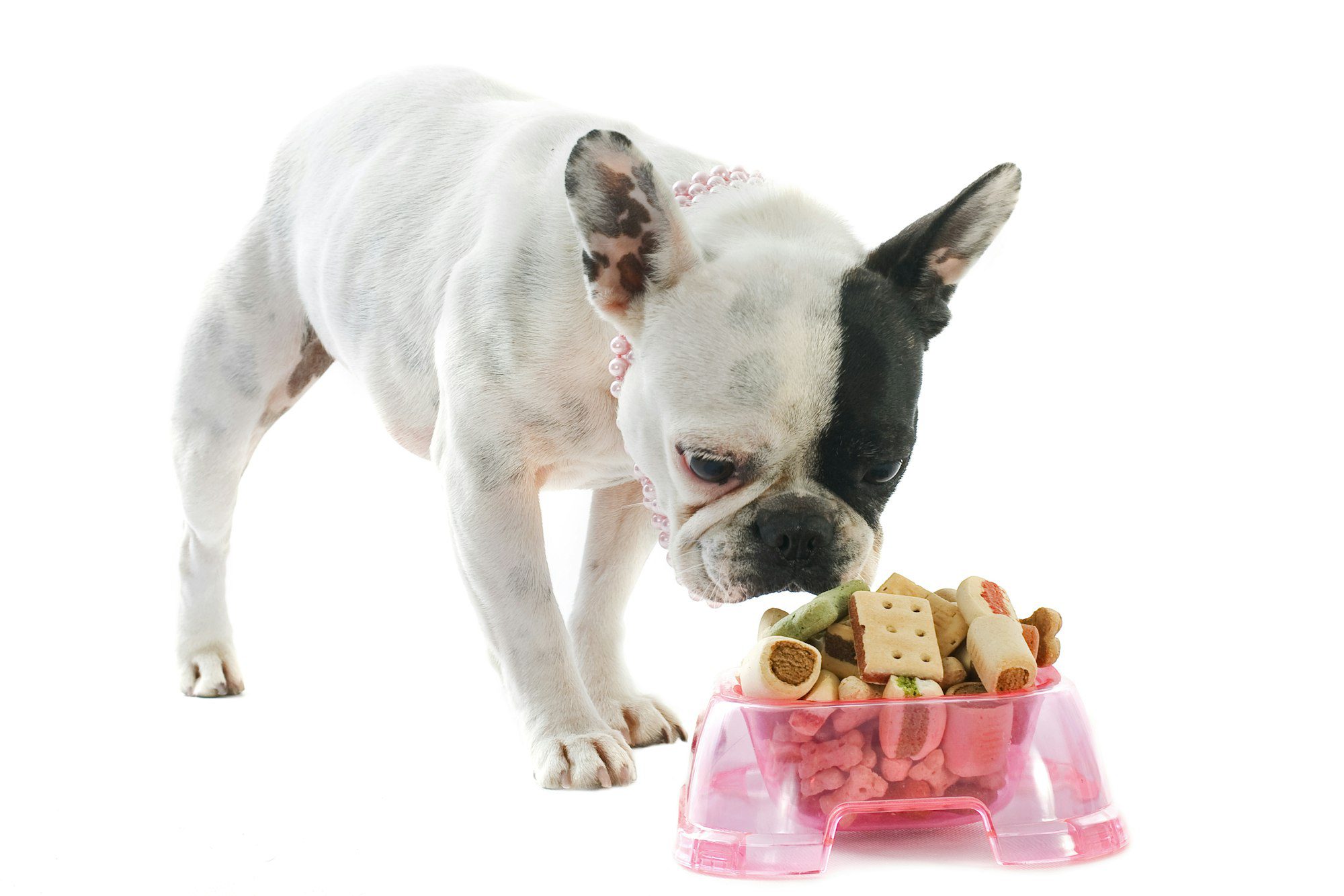
Production Facility
You’ll need a dedicated production facility that meets food safety standards. Consider factors such as:
- Location: Choose a location with easy access to transportation and utilities.
- Layout: Design your facility to ensure smooth workflow and efficient use of space.
- Sanitation: Implement strict sanitation procedures to prevent contamination.
Food Safety
Maintaining food safety is paramount when manufacturing dog treats. Follow these guidelines to ensure the safety of your products:
- Good Manufacturing Practices (GMP): Follow GMP guidelines to ensure the cleanliness and safety of your facility.
- Hazard Analysis and Critical Control Points (HACCP): Implement a HACCP plan to identify and control potential hazards in your manufacturing process.
- Quality Control: Regularly test your ingredients and finished products for quality and safety.

Palatability Testing
Palatability is crucial when it comes to dog treats. After all, if dogs don’t like the taste, they won’t eat them. Here are some ways to test the palatability of your treats:
In-House Testing
- Sensory Evaluation: Have a panel of dog owners and their pets taste-test your treats and provide feedback.
- Observational Testing: Observe dogs’ reactions to your treats, such as sniffing, licking, and chewing.
Professional Testing
- Palatability Studies: Work with pet food palatability testing companies to conduct formal palatability studies with a larger group of dogs.
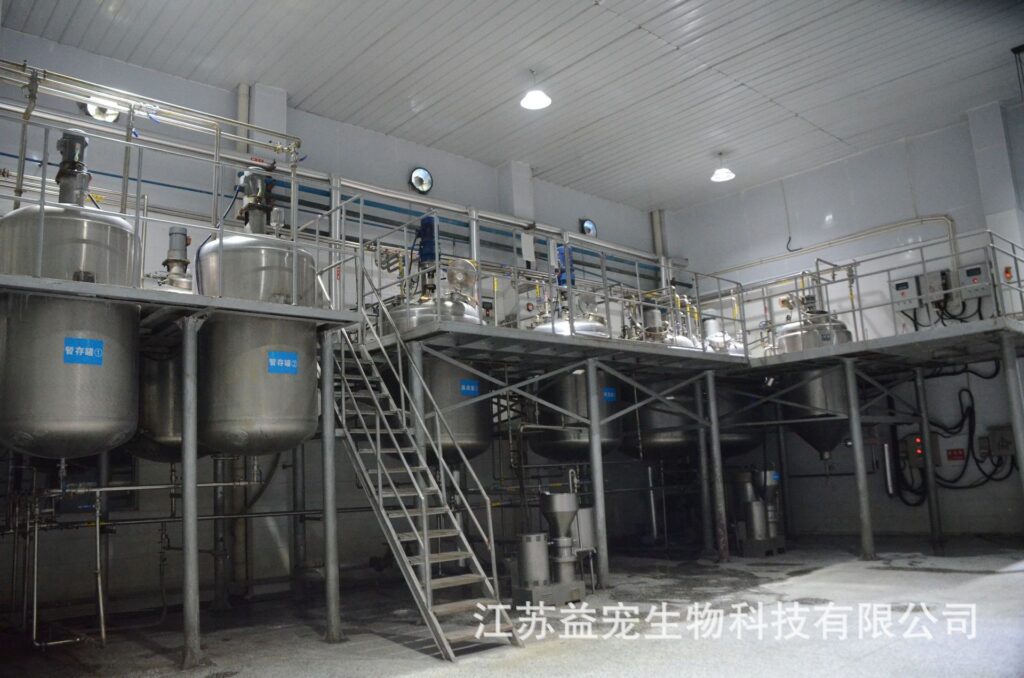
Packaging and Labeling
Once you’ve perfected your recipe and manufacturing process, it’s time to think about packaging and labeling your products. Here are some key considerations:
Packaging
- Material: Choose packaging materials that are safe, durable, and environmentally friendly.
- Size: Consider the size of your treats and how many you want to include in each package.
- Design: Design packaging that is eye-catching and reflects the quality and uniqueness of your product.
Labeling
- Ingredient List: Include a list of all ingredients in your treats, in descending order by weight.
- Guaranteed Analysis: Provide information on the minimum levels of protein, fat, fiber, and moisture in your treats.
- Feeding Instructions: Include feeding instructions based on the size of the dog.
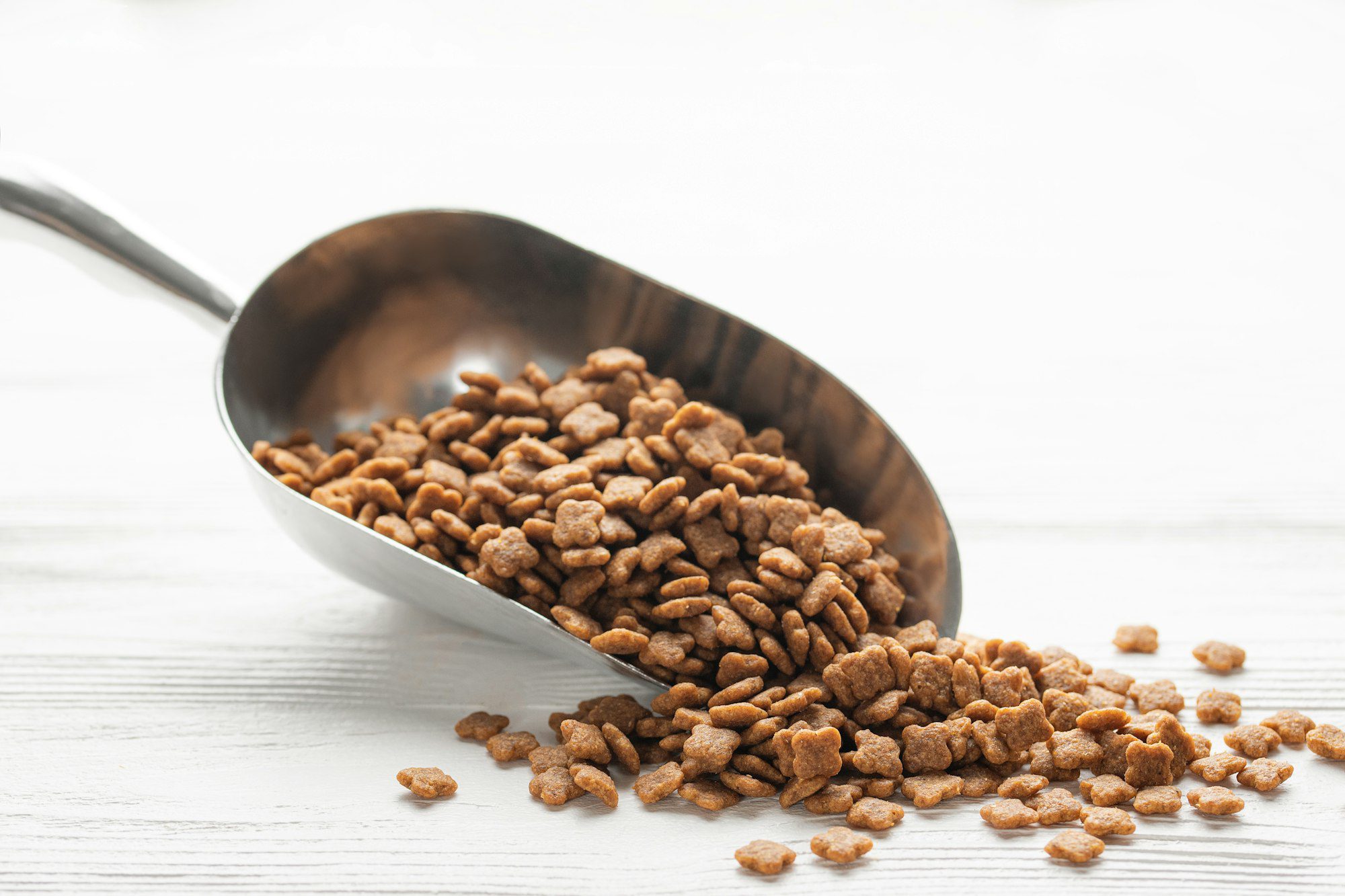
Marketing and Distribution
With your products manufactured, packaged, and labeled, it’s time to start selling. Here are some tips for marketing and distributing your dog treats:
Online Sales
- E-Commerce Website: Create a user-friendly website where customers can purchase your treats directly.
- Social Media: Use platforms like Facebook, Instagram, and Pinterest to showcase your products and engage with customers.

Retail Sales
- Pet Stores: Partner with local pet stores to stock your treats on their shelves.
- Farmers Markets: Sell your treats at farmers markets and other local events.
Wholesale Distribution
- Distributors: Work with pet food distributors to get your products into stores across the country.
- Online Marketplaces: List your products on online marketplaces like Amazon and Chewy.
Conclusion
Manufacturing dog treats can be a challenging but rewarding venture. By understanding the market, developing a great recipe, perfecting your manufacturing process, and effectively marketing your products, you can create a successful dog treat business that both you and your four-legged customers will love. So, roll up your sleeves, get baking, and start making tails wag!









